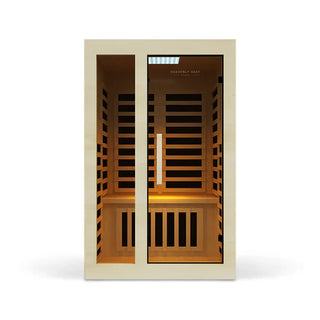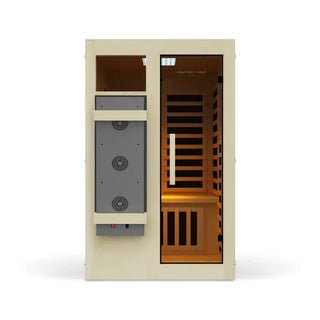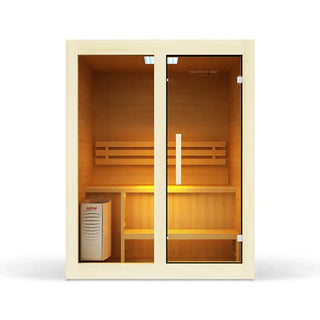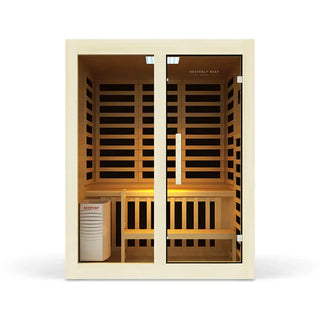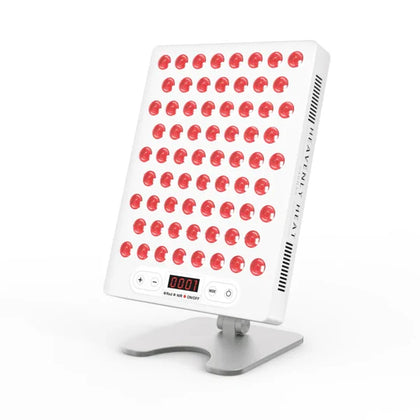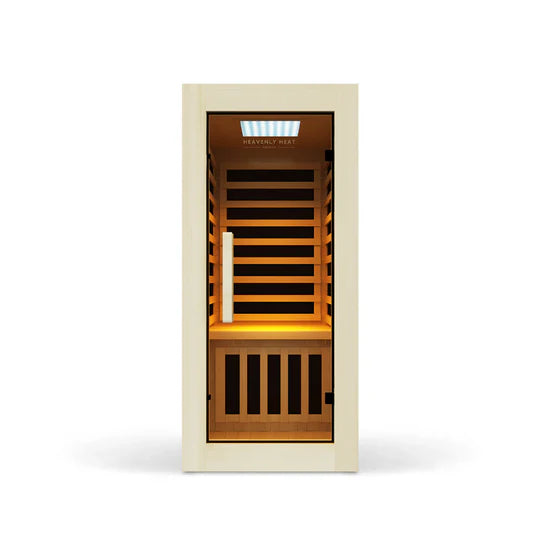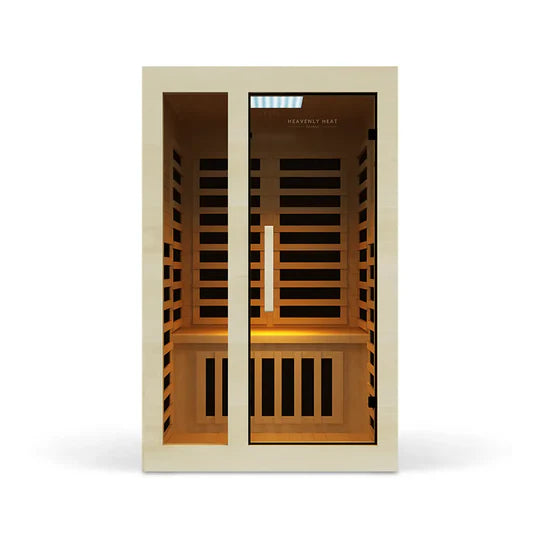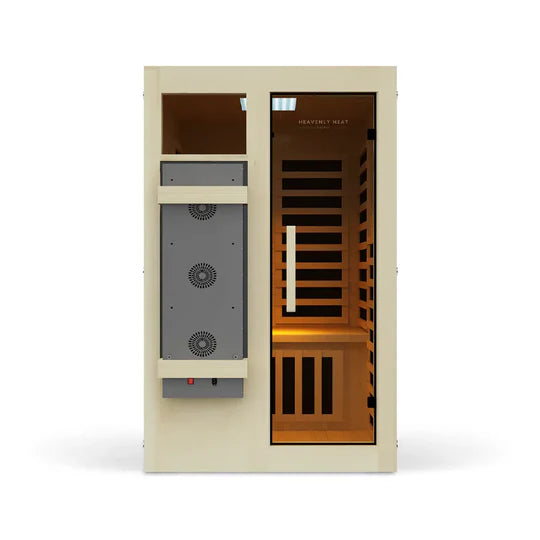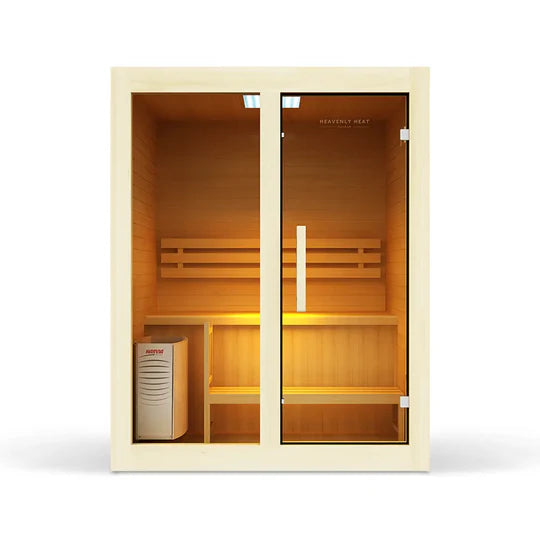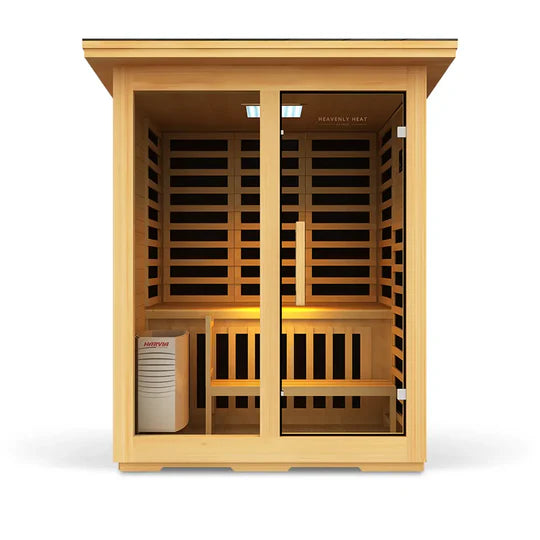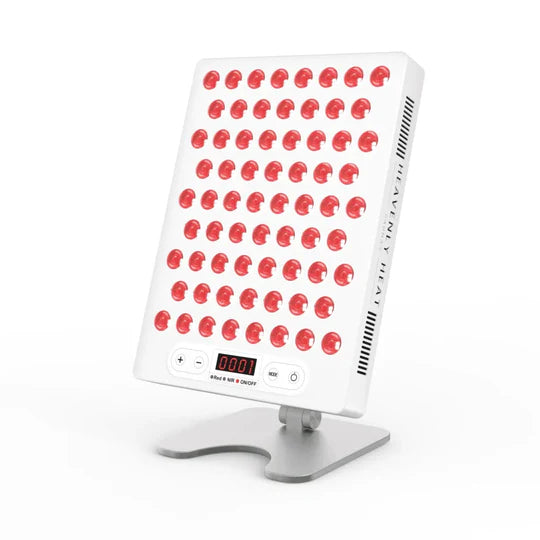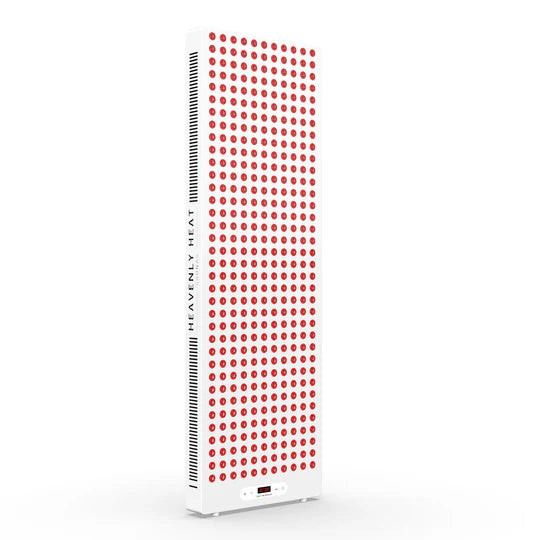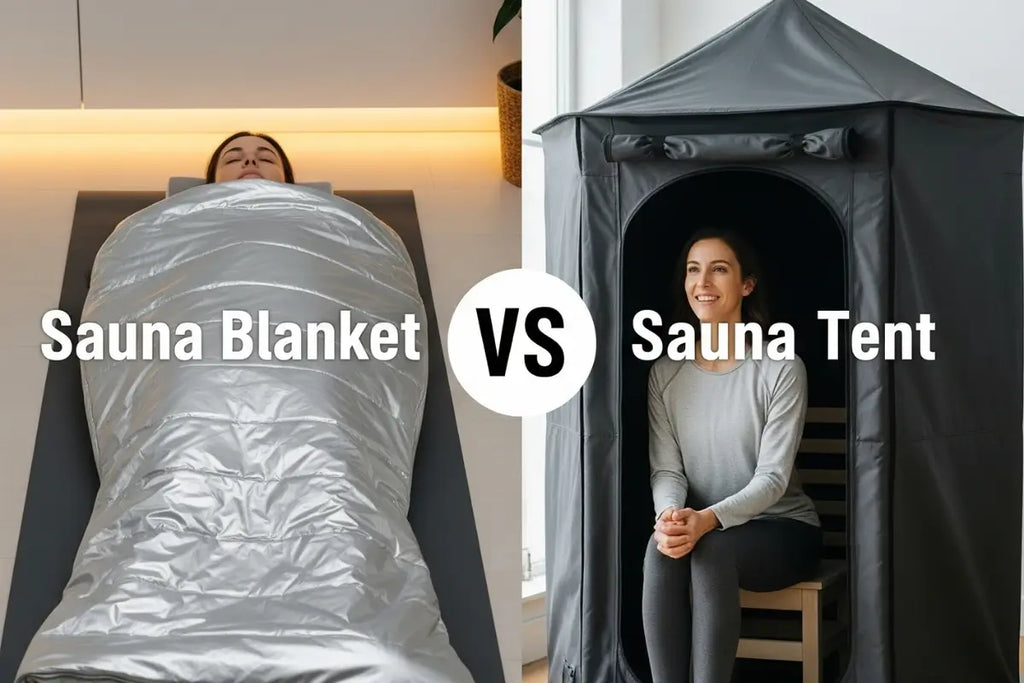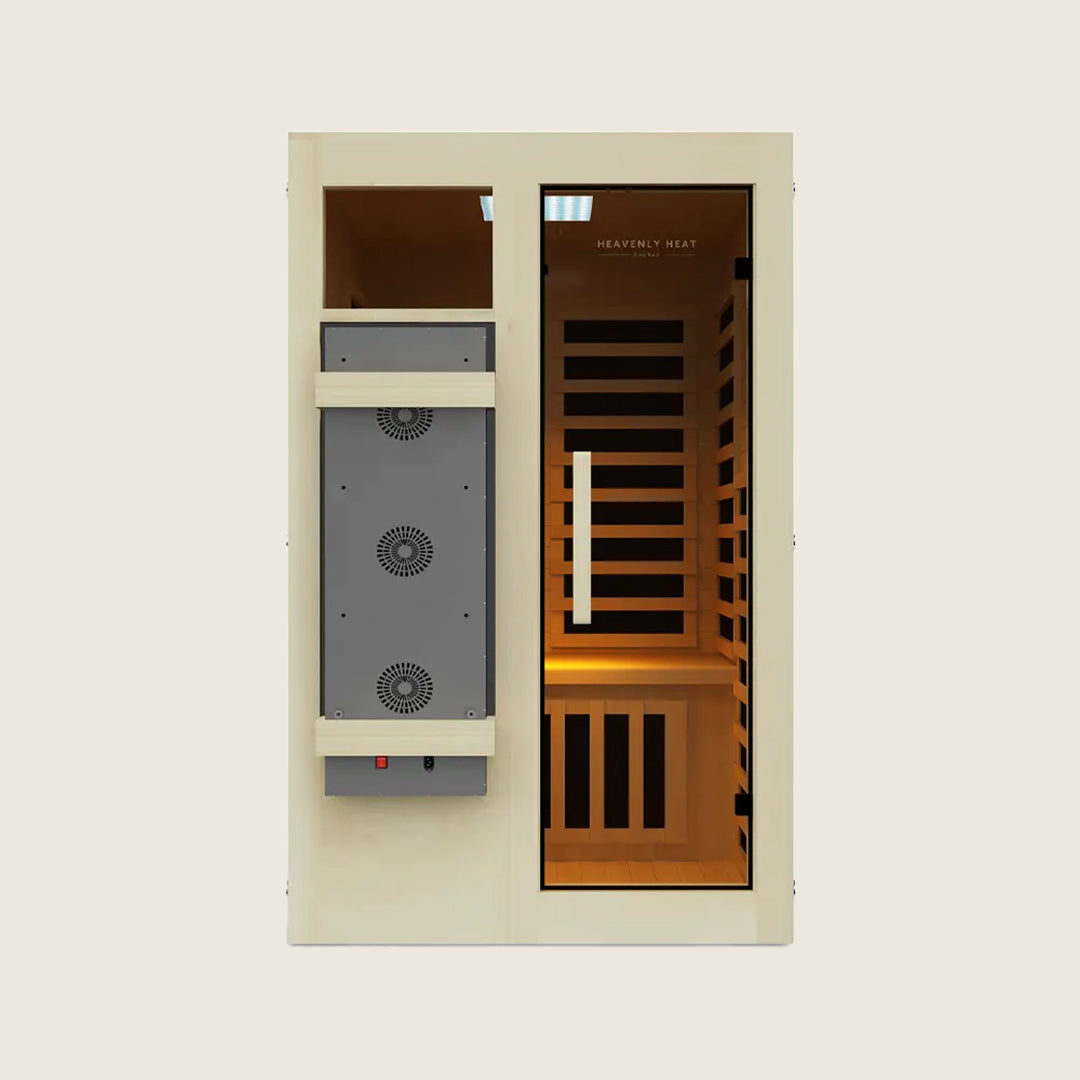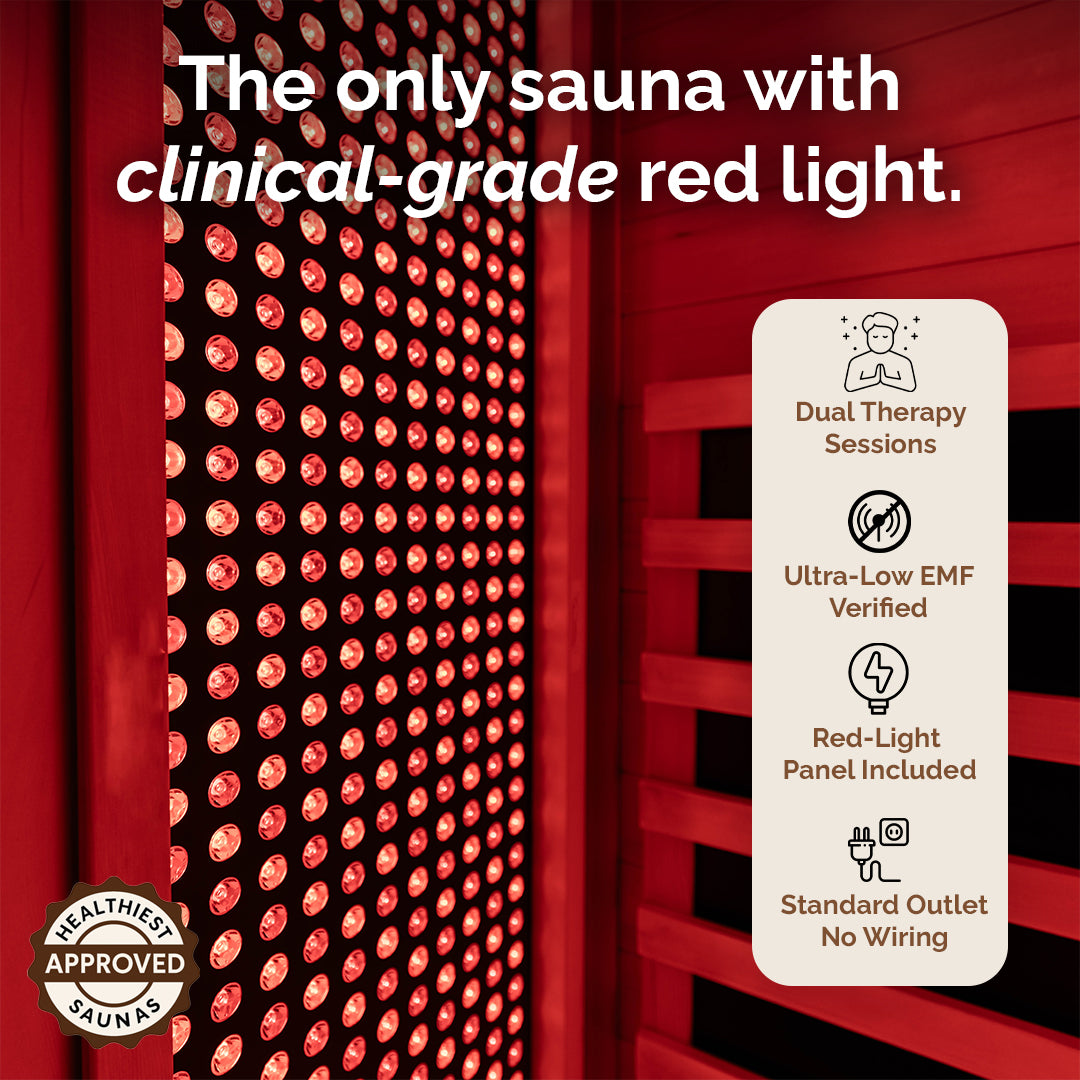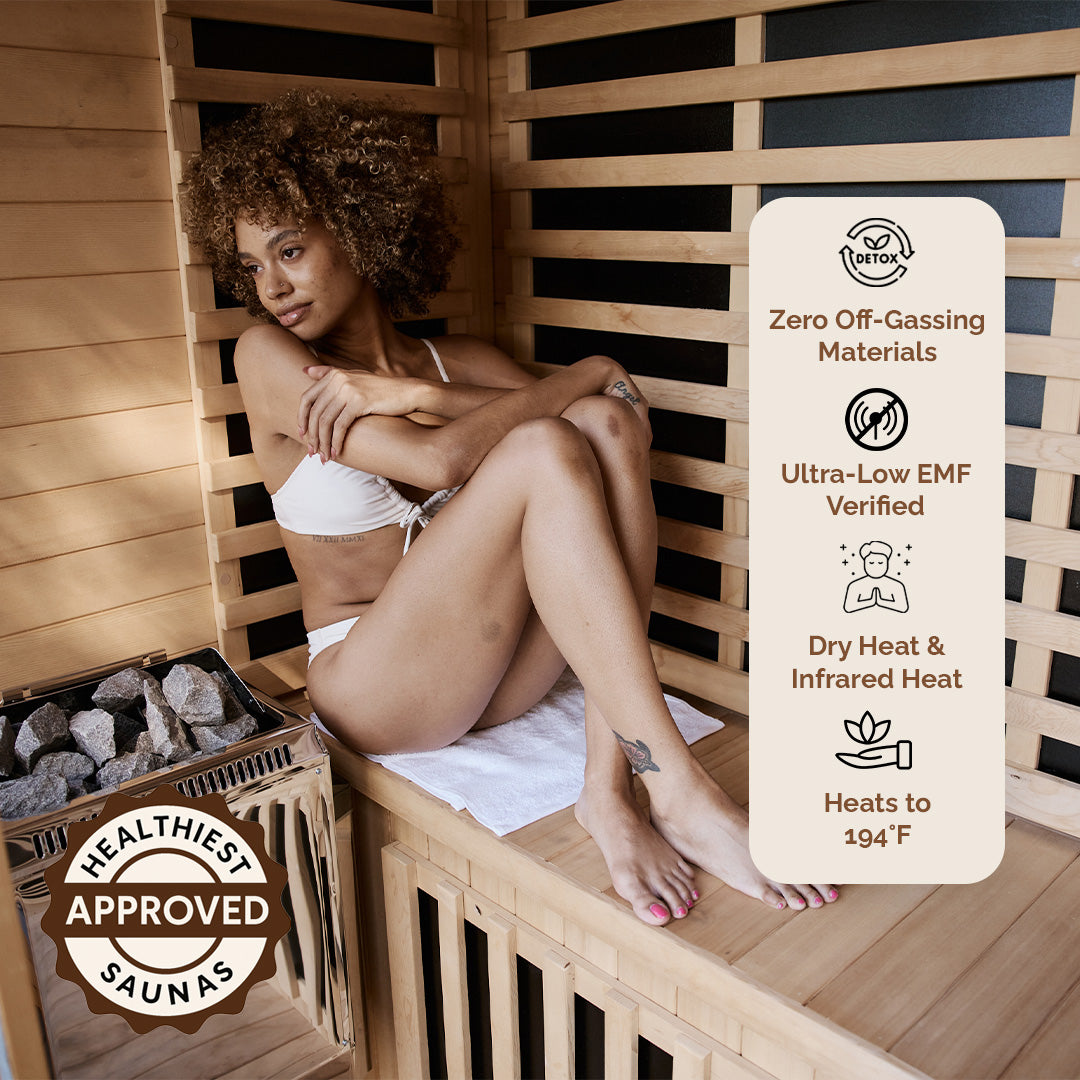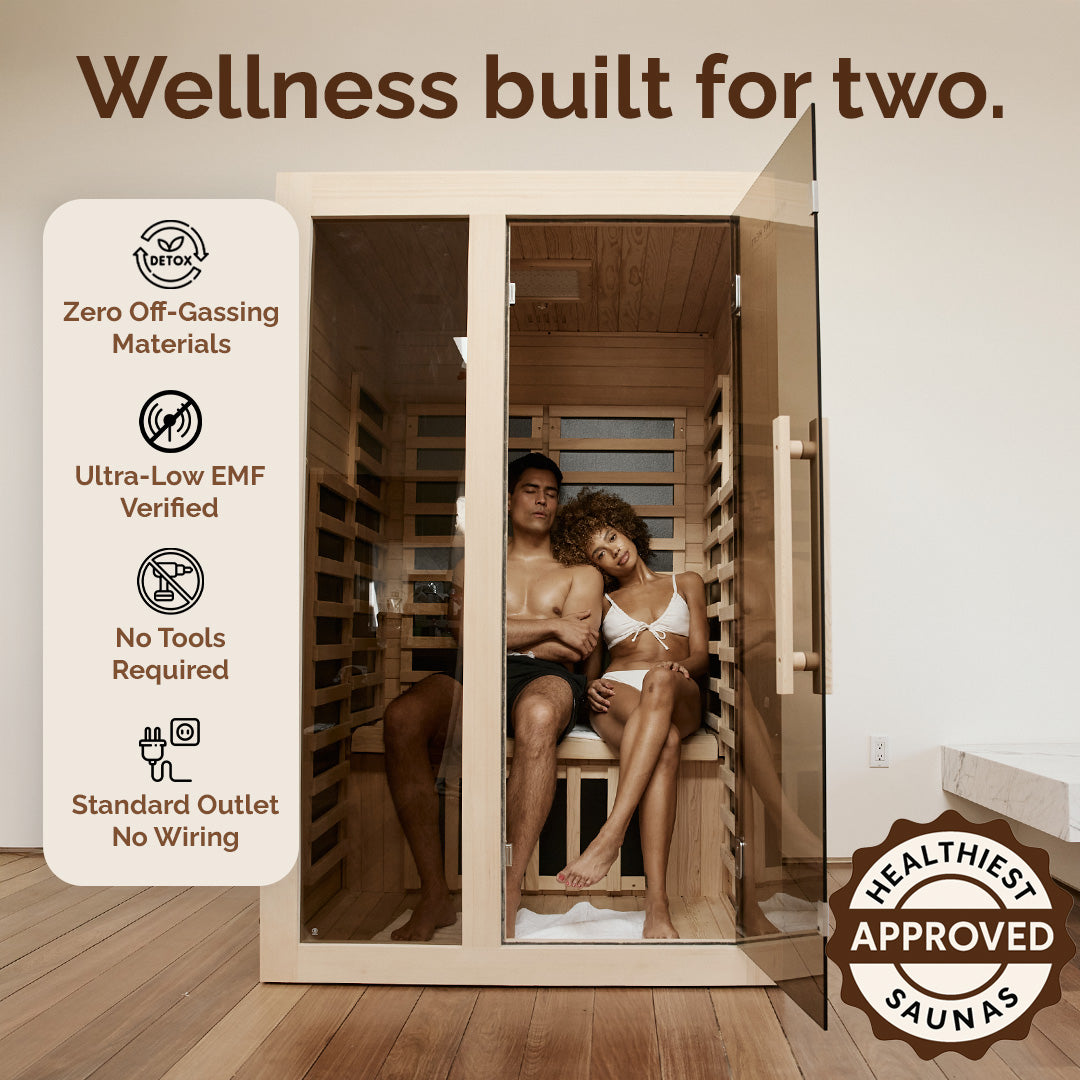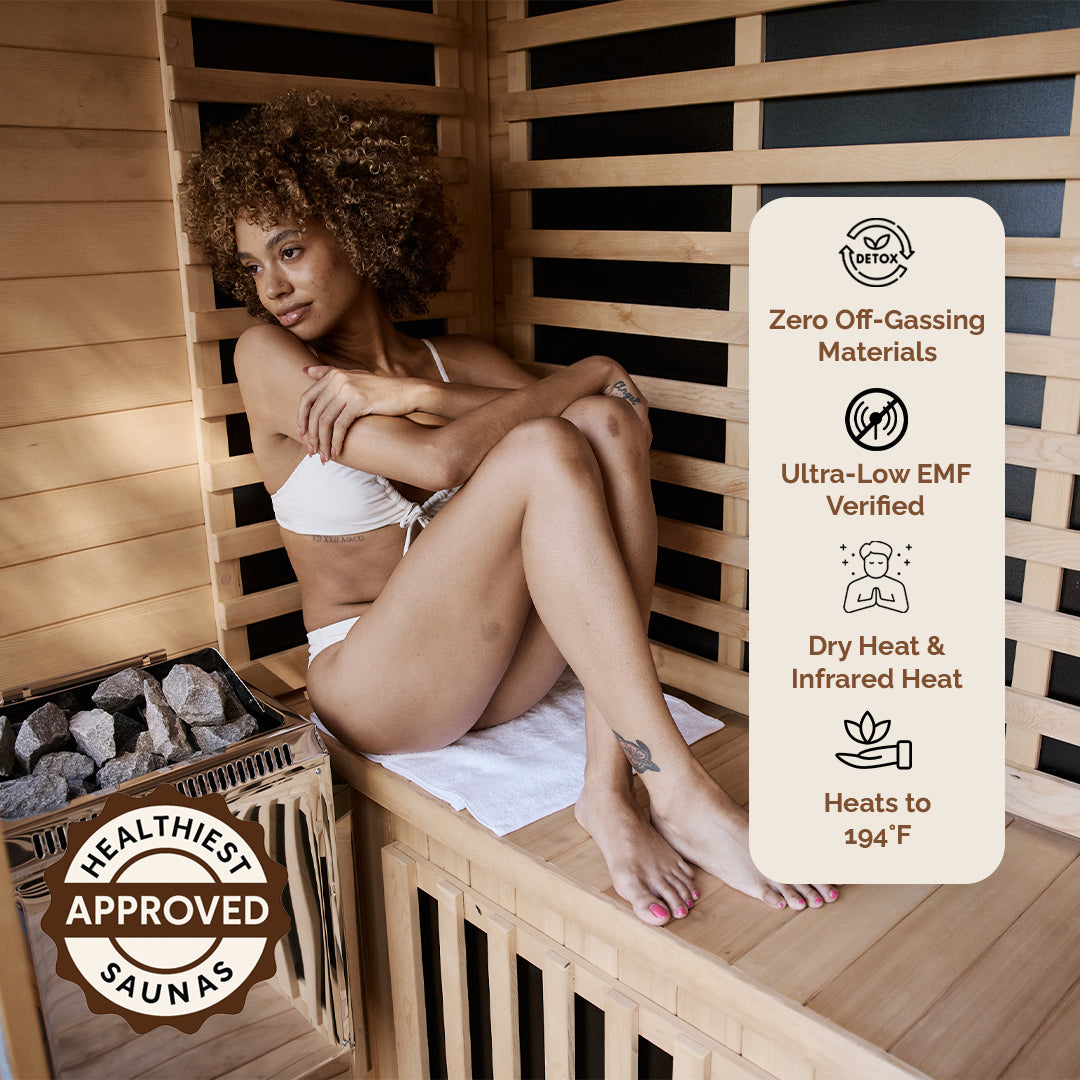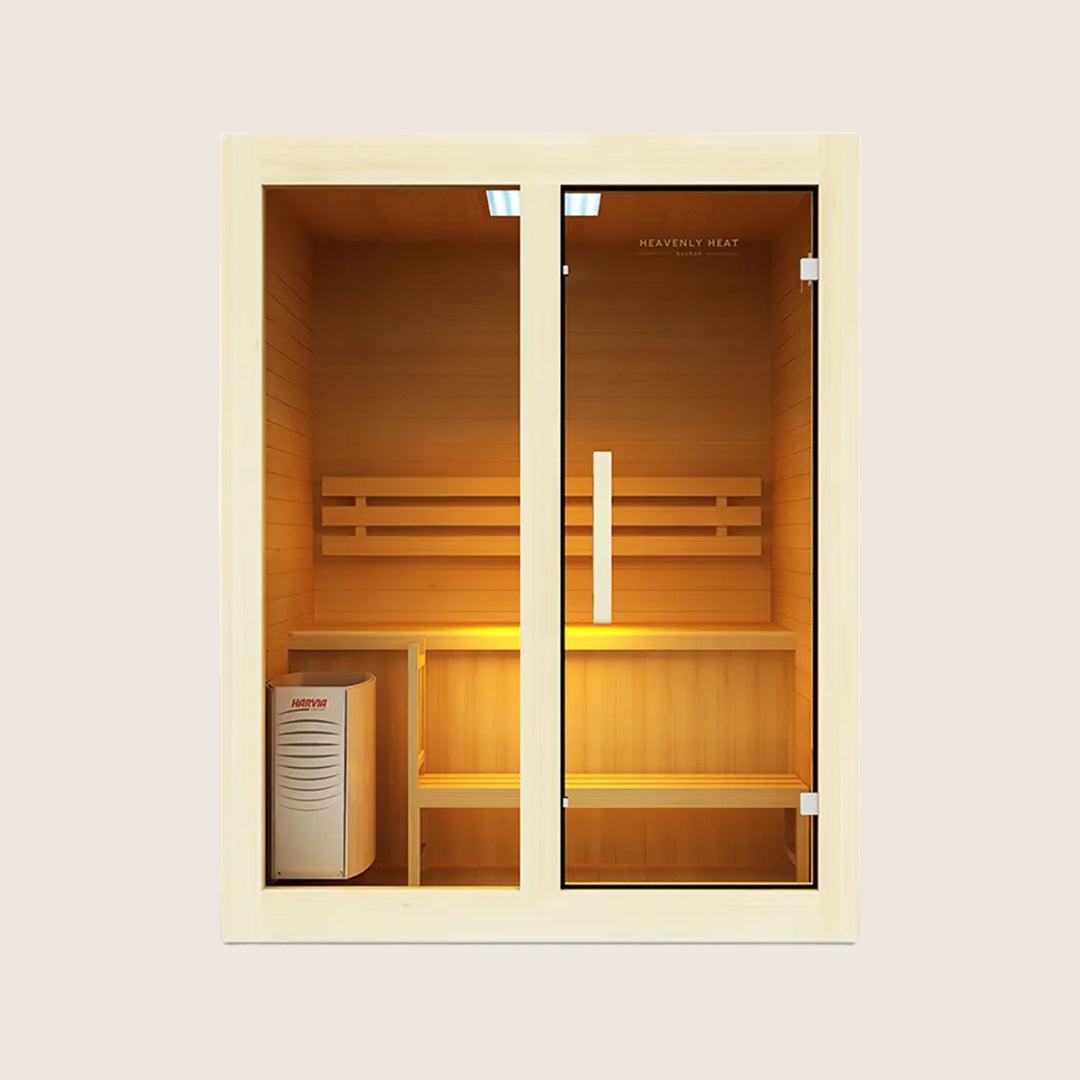Ways Cold Plunge Speeds Up Muscle Recovery

Pushing your body feels great, until the soreness hits. If you’re tired of feeling stiff and slow after workouts, a cold plunge might be your new best friend.
It’s more than just a trend. Cold water can help your muscles heal faster, feel less sore, and get you ready to train again, stronger than before.
Key Takeaways
-
Use Cold Plunges to Reduce Inflammation: Tightening blood vessels helps decrease swelling and muscle damage.
-
Ease Muscle Soreness Quickly: Cold water numbs pain and reduces DOMS within 48 hours.
-
Speed Up Recovery Time: Cold plunges flush out waste and boost blood flow post-exercise.
-
Minimize Muscle Damage: Cold exposure limits microtears and lowers fatigue markers.
-
Sleep Better for Faster Healing: Cooling down your body supports deeper, restorative sleep.

What is Muscle Recovery?
Healthline defines muscle recovery as the body’s natural process of repairing muscle fibers that have been stressed or damaged during physical activity.
This essential healing phase allows muscles to rebuild stronger, improve performance, and reduce the risk of injury.
It occurs after exercise, especially resistance training, where microscopic tears form in muscle tissues.
According to the Mayo Clinic, several factors can disrupt this process or cause prolonged muscle soreness:
Muscle strain or overuse – Common in athletes and those who exercise beyond their current capacity.
Tension and stress – Emotional stress can lead to physical tightness and soreness.
Nutritional deficiencies – Low levels of vitamin D , calcium , or potassium hinder recovery.
Infections – Viruses like the flu can trigger widespread muscle pain.
Chronic conditions – Such as fibromyalgia , hypothyroidism , or polymyositis impair muscle function.
Medications – Statins, often used to lower cholesterol, can cause muscle discomfort.
Without proper recovery, everyday tasks, walking, lifting, or even standing, can become painful and fatiguing.
Thankfully, strategies like balanced nutrition, restful sleep, and hydration are simple, effective ways to support recovery.
For those seeking an alternative to medication, techniques like massage therapy or cherry juice may ease soreness. With consistent care, muscle recovery becomes not just possible but empowering.
The science behind cold plunge & Muscle Recovery
Cold plunges are a popular way to bounce back after tough workouts,and science backs it up. A 2023 review in Frontiers in Physiology looked at 20 studies and found that cold water immersion right after exercise helps reduce muscle soreness and tiredness almost right away.
It also lowers muscle damage markers like creatine kinase and lactate within 24 to 48 hours, which means your muscles recover faster and feel less beat up.
Another study from The Journal of Physiology compared cold plunges with light cycling after exercise.
Both helped the body respond to stress, but cold water didn’t do better at reducing inflammation.
Still, many athletes swear by cold plunges because they feel less sore and more ready to train again.
Neuroscientist Dr. Andrew Huberman often talks about the benefits of cold exposure, saying it helps the body recover naturally while boosting mental toughness.

Ways Cold Plunge Speeds Up Muscle Recovery
Reduces Inflammation
After a tough workout, your muscles get inflamed as they start to heal. But too much inflammation can slow things down and make you feel sore for longer.
A cold plunge helps by quickly tightening your blood vessels, which reduces swelling and muscle damage.
Then, as your body warms back up, fresh blood rushes in to help your muscles recover faster.
According to Plos. One 2025, cold-water immersion clearly lowered inflammation in healthy adults.
Alleviates Delayed Onset Muscle Soreness (DOMS)
When you work out intensely, tiny muscle fibers get damaged, this leads to soreness known as delayed onset muscle soreness (DOMS).
Cold plunges help ease this by constricting blood vessels, which reduces inflammation and numbs nerve endings, decreasing pain.
According to a 2022 study in Journal of Rehabilitation Medicine, cold-water therapies like cryotherapy were among the most effective at reducing DOMS symptoms within 48 hours post-exercise.
Enhances Muscle Recovery
Taking a cold plunge after a tough workout can do wonders for your muscles. The cold temperature constricts blood vessels, which helps reduce swelling and inflammation in tired muscles.
Once you warm up again, blood flow increases, flushing out waste products like lactic acid that build up during exercise.
This process can ease muscle soreness and get you feeling back to normal faster. In fact, a 2023 study published in Frontiers in Physiology found that cold water immersion significantly reduced delayed-onset muscle soreness (DOMS) and fatigue markers like creatine kinase (CK) within 24 hours, proving it's not just a trend, but a science-backed recovery method.

Reduces Muscle Damage
Cold plunges help your muscles bounce back faster by cooling them down and shrinking blood vessels right after a workout.
This slows swelling, reduces tiny muscle tears, and flushes out waste that builds up during exercise.
When you jump into cold water, it helps stop muscle damage before it gets worse. One review from 2020 showed that cold therapy works best within one hour after exercise, easing soreness within the first 24 hours.
Another 2024 study found that a 10–15 minute cold plunge at 11–15°C helped the most with muscle soreness and recovery.
Improves Sleep Quality for Overnight Recovery
Sleep is when your body does most of its healing, and cold plunges can help you get better sleep after a tough workout.
When you dip into cold water, your body cools down, which helps you fall into deep sleep faster, the kind of sleep your muscles need to recover.
One study on athletes found that full-body cold plunges helped them sleep deeper, move less during the night, and feel more rested.
Another review of over 3,000 people showed that regular cold exposure improved sleep quality and overall wellbeing. Better sleep means faster recovery.




